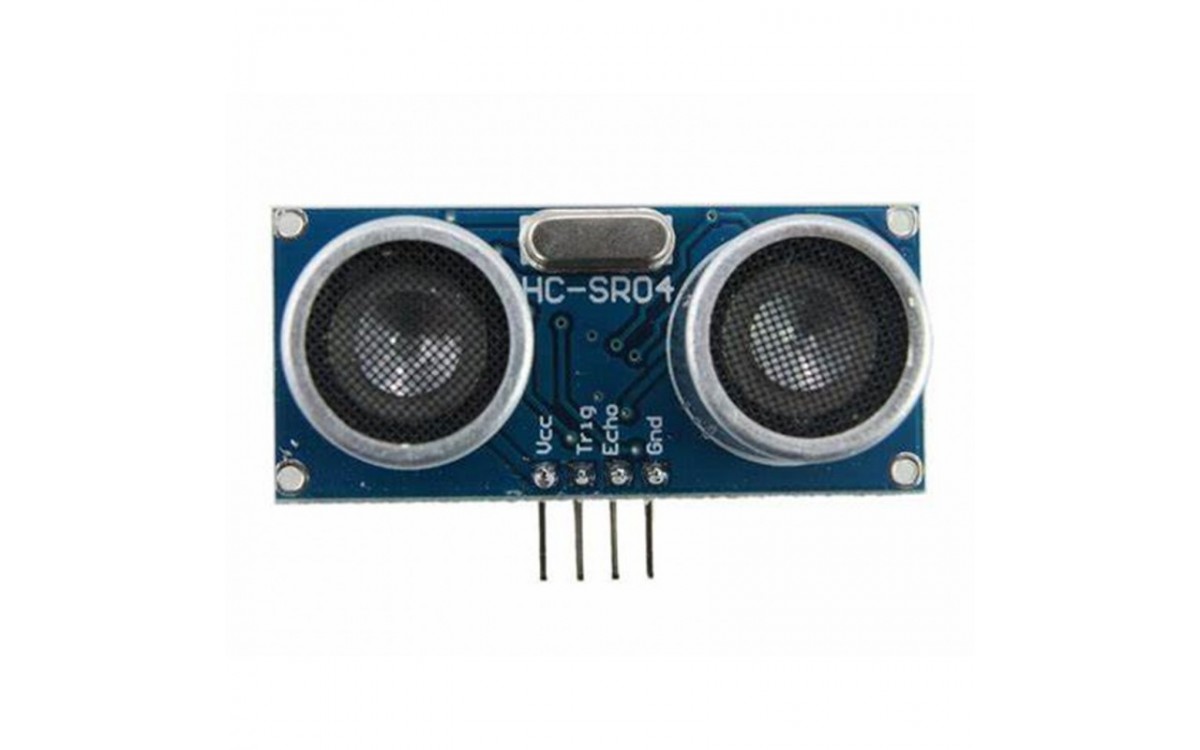Why Ultrasonic Sensors Are the Future of Automation and Robotics

Ultrasonic sensors are revolutionizing the world of automation and robotics, offering unparalleled accuracy and versatility in a wide range of applications. With their ability to detect objects and measure distances using sound waves, these sensors are paving the way for a more efficient and safer future.
One of the key advantages of ultrasonic sensors is their ability to operate in diverse environments, regardless of lighting conditions or surface finishes. This makes them ideal for use in industries such as manufacturing, automotive, healthcare, and agriculture. From robotic arms that perform intricate tasks with unmatched precision to autonomous vehicles that navigate obstacle-filled environments, ultrasonic sensors are the backbone of these cutting-edge technologies.
By incorporating ultrasonic sensors into automation and robotics systems, businesses can experience improved productivity, reduced downtime, and increased safety. These sensors enable robots to detect and avoid obstacles, optimize their movements, and enhance overall efficiency. Whether it's in a factory, warehouse, or hospital, ultrasonic sensors are driving automation to new heights.
As the demand for automation and robotics continues to grow rapidly, ultrasonic sensors are poised to play a crucial role in shaping the future of these industries. With their impressive capabilities and adaptability, they are well-positioned to handle the increasingly complex tasks required in the era of advanced automation and robotics.
How ultrasonic sensors work
Ultrasonic sensors work by emitting high-frequency sound waves and measuring the time it takes for the sound waves to bounce back after hitting an object. These sensors consist of a transmitter and a receiver. The transmitter emits ultrasonic waves, while the receiver detects the waves that bounce back.
The distance between the sensor and the object can be calculated by measuring the time it takes for the waves to travel to the object and back. By using the speed of sound in the air, which is a known constant, the sensor can accurately determine the distance.
Advantages of using ultrasonic sensors in automation and robotics
There are several advantages to using ultrasonic sensors in automation and robotics. One of the key advantages is their ability to operate in diverse environments, regardless of lighting conditions or surface finishes. Unlike other types of sensors, ultrasonic sensors are not affected by factors such as color, transparency, or reflectivity of objects.
This makes ultrasonic sensors ideal for use in industries such as manufacturing, automotive, healthcare, and agriculture. For example, in manufacturing, ultrasonic sensors can be used to measure the thickness of materials or detect flaws in products. In the automotive industry, these sensors enable autonomous vehicles to navigate obstacle-filled environments with precision.
Another advantage of ultrasonic sensors is their long range. These sensors can detect objects at distances of up to several meters, depending on the model. This makes them suitable for applications that require a wide field of detection or measurement.
Applications of ultrasonic sensors in automation and robotics
Ultrasonic sensors find applications in various fields of automation and robotics. In manufacturing, these sensors are used to monitor the position and movement of parts on assembly lines. They can also be used to detect the presence of objects on conveyor belts or in storage areas.
In the healthcare industry, ultrasonic sensors play a crucial role in medical imaging techniques such as ultrasound. These sensors are used to create images of internal organs and tissues, allowing doctors to diagnose and treat medical conditions.
In agriculture, ultrasonic sensors are used in precision farming techniques. They can be used to measure soil moisture levels, monitor the growth of crops, and detect the presence of pests or diseases.
Comparison with other types of sensors
While ultrasonic sensors offer many advantages, they are not always the best choice for every application. It is important to consider the specific requirements of the project and compare ultrasonic sensors with other types of sensors before making a decision.
In some cases, other types of sensors such as infrared or laser sensors may be more suitable. For example, infrared sensors are better at detecting objects with low reflectivity, while laser sensors offer higher accuracy and can measure longer distances. Understanding the strengths and limitations of each sensor type is essential for selecting the right sensor for a specific application.
Challenges and limitations of ultrasonic sensors
Despite their many advantages, ultrasonic sensors have some limitations and challenges. One of the main challenges is their susceptibility to interference from other ultrasonic sources. In environments where multiple ultrasonic sensors are used, cross-talk can occur, leading to inaccurate measurements or false detections.
Another limitation is the inability of ultrasonic sensors to detect certain types of objects, such as soft or porous materials. These materials may absorb or diffuse the sound waves, making it difficult for the sensor to detect them accurately.
Additionally, ultrasonic sensors may also be affected by environmental conditions such as temperature, humidity, or air turbulence. These factors can impact the speed of sound in the air, leading to measurement errors.
Future developments in ultrasonic sensor technology
As technology continues to advance, so does the development of ultrasonic sensors. Researchers and engineers are constantly working on improving the capabilities of these sensors and overcoming their limitations.
One area of focus is enhancing the accuracy and range of ultrasonic sensors. By using advanced signal processing algorithms and innovative designs, researchers aim to improve the resolution and precision of these sensors, allowing them to detect smaller objects and measure longer distances.
Another area of development is reducing the size and power consumption of ultrasonic sensors. This will enable their integration into smaller and more compact devices, opening up new possibilities for automation and robotics in areas where space is limited.
Case studies of successful implementation
Numerous case studies demonstrate the successful implementation of ultrasonic sensors in automation and robotics projects. In the automotive industry, ultrasonic sensors are used in parking assist systems to detect obstacles and assist drivers in parking their vehicles safely.
In the manufacturing industry, ultrasonic sensors are used in robotic arms to detect the position and orientation of objects. This enables the robots to perform complex tasks such as assembly, welding, or painting with unmatched precision and efficiency.
In the healthcare industry, ultrasonic sensors are used in surgical robots to provide real-time feedback and ensure accurate and safe procedures. These sensors enable the robots to detect the position of surgical instruments and avoid critical structures in the patient's body.
There are no posts to list in this category.
